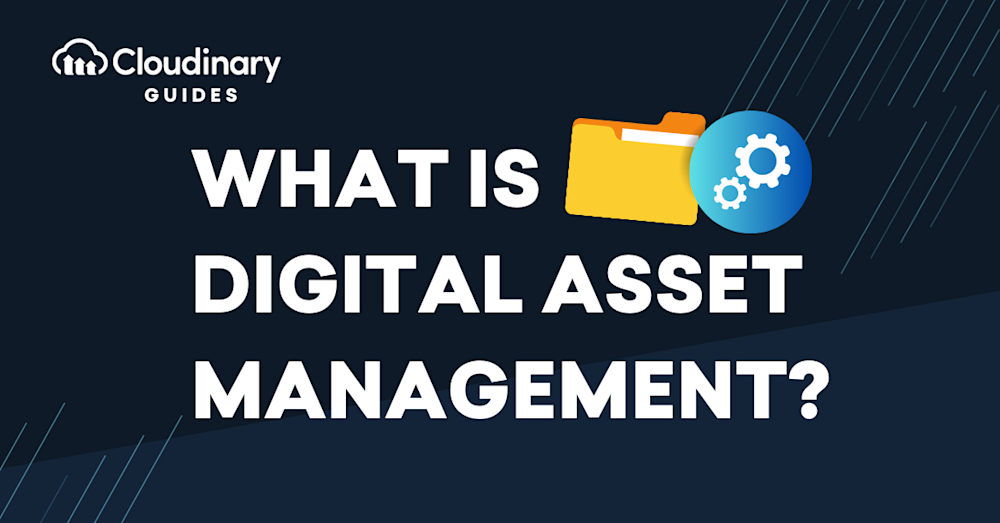
Digital Asset Management Systems: Why They Matter for Modern Marketers
Posted on November 5, 2021
In the fast-paced world of digital marketing, where content reigns supreme, managing digital assets efficiently is crucial for success. Digital Asset Management (DAM) systems have emerged as indispensable tools for modern marketers, offering a streamlined approach to organizing, storing, and retrieving digital content. This blog delves into what DAM systems are, why they are essential for contemporary marketers, and how they can transform your marketing strategy.
What is a Digital Asset Management System?
A Digital Asset Management system is a centralized repository that enables organizations to store, organize, manage, and distribute digital assets such as images, videos, audio files, documents, and more. These systems provide an intuitive interface for users to easily access and share assets while maintaining brand consistency and ensuring compliance with copyright and usage rights.
The Importance of DAM Systems for Marketers
- Centralized Repository
One of the primary advantages of a DAM system is its ability to serve as a single source of truth for all digital assets. With a centralized repository, marketers can avoid the chaos of scattered files across multiple platforms, reducing the risk of version control issues and asset duplication. This centralization enhances collaboration, allowing teams to access the most current materials quickly and easily. - Improved Collaboration and Efficiency
Marketing teams often collaborate across various departments and geographies. A DAM system facilitates this collaboration by providing a shared platform where team members can access and contribute to assets. Users can tag, categorize, and add metadata to files, making it easier for others to find the materials they need. As a result, teams can work more efficiently, reducing the time spent searching for assets and increasing productivity. - Enhanced Brand Consistency
Maintaining a consistent brand image is critical for effective marketing. A DAM system ensures that all team members have access to approved brand assets, such as logos, fonts, and templates. By controlling who can access and modify these assets, organizations can uphold brand standards and prevent unauthorized changes, ensuring that every piece of content aligns with the overall brand strategy. - Streamlined Workflow
DAM systems often come with features that streamline workflows, such as version control, automated approval processes, and customizable workflows. This helps marketing teams manage projects more effectively, ensuring that assets are created, reviewed, and published in a timely manner. Automation reduces manual tasks, freeing up marketers to focus on more strategic initiatives. - Analytics and Insights
Many DAM systems provide analytics capabilities that allow marketers to track asset performance and usage. By understanding which assets are most effective, marketers can make data-driven decisions about future content creation and distribution strategies. This insight can lead to improved engagement, higher conversion rates, and ultimately, better ROI on marketing efforts. - Cost Savings
While investing in a DAM system may seem like an additional expense, it can lead to significant cost savings over time. By reducing the time spent searching for assets, minimizing duplication of efforts, and avoiding licensing issues, organizations can save money on production and legal fees. Moreover, a well-organized system can help prevent lost revenue opportunities from mismanaged assets. - Scalability
As businesses grow, so does their need for digital assets. A DAM system provides a scalable solution that can adapt to the increasing volume and complexity of digital content. Whether an organization is launching new products, expanding into new markets, or increasing its digital footprint, a DAM system can grow with it, ensuring that asset management remains efficient and effective.
Choosing the Right DAM System
When selecting a Digital Asset Management system, marketers should consider several key factors:
- Ease of Use: The system should be user-friendly and intuitive, allowing team members to quickly learn how to use it without extensive training.
- Integration Capabilities: Look for a DAM system that integrates seamlessly with existing marketing tools and platforms, such as content management systems (CMS), social media management tools, and email marketing software.
- Customization Options: A good DAM system should offer customizable features that allow businesses to tailor the system to their specific needs, such as custom metadata fields, workflows, and permissions.
- Security Features: Ensure that the DAM system provides robust security measures to protect sensitive assets, including user access controls, encryption, and backup options.
Conclusion
In today’s digital landscape, where content is king, a Digital Asset Management system is not just a luxury; it’s a necessity for modern marketers. By centralizing assets, improving collaboration, maintaining brand consistency, and providing valuable insights, DAM systems empower marketing teams to work more efficiently and effectively. Investing in a DAM solution can lead to increased productivity, cost savings, and ultimately, a stronger competitive edge in the market. As marketing continues to evolve, those who leverage DAM systems will be better equipped to navigate the complexities of digital content management and drive successful marketing outcomes.
Categories: Marketing Technology
